An M3 Lee/Grant tank which hasn't moved an inch since it was abandoned under fire in 1944 at Kohima
This M3 Lee/Grant medium tank was immobilized and abandoned under fire during the battle of Kohima, a vicious clash between the forces of the Japanese and British empires in the Spring of 1944. It has remained in the same exact spot ever since.
As a Kohima Educational Trust sign next to the tank reads: “On May 6, 1944, this tank, under command of major Ezra Rhodes, was climbing the Kohima Ridge to support troops of the 2nd Division who were attacking Japanese positions on Garrison Hill. Under treacherous monsoon conditions, the tank careened down the hill, lost a track and crashed against a tree, where it came under enemy fire. The crew jammed the triggers of the tank’s machine guns to fire continuously, set the turret to rotate and escaped under fire back to British lines. After the battle, the 2nd Division requested that the tank remain in the exact position from which it had to be abandoned as a memorial to the heroism and sacrifice of all those who fought in the battle.”
Conducted in the steep hills and jungles of the farthest extremities of British India, often at close quarters and in terrible weather, the struggle for Kohima was perhaps the last place one would expect large amounts of armor to be deployed. Indeed, judging solely by the terrain, Northeast India and Burma would at first glance seem to be the theater of WW2 least conducive to large armored operations. But, perhaps counterintuitively, American built, British operated, M3 medium tanks played a critical role in the decisive British victory not only at Kohima, but throughout the campaign from the Arakan battles of early 1944 to the final British victory in Burma in 1945.
While by 1943 the M3 Lee/Grant was obsolete in most other theaters, it proved to be quite a formidable combatant in Northeast India and Burma. It was, first and foremost, rugged and mechanically reliable. The vehicle’s odd layout, which included a 75mm gun set in a hull-mounted sponson and a smaller 37mm anti-tank gun mounted in a fully rotating turret, was a disadvantage against the most modern axis tanks of the day such as the Tiger, Panther, and later-model Panzer 4. But during the Burma campaign the Japanese could only field small numbers of tanks that were, if anything, more obsolete than the M3 and had none of it’s strong points. The M3 Lee/Grant’s armor was thick enough for the job at hand, and its fire power was perfectly suited for blasting away at bunkers, field guns, and infantry.
The M3 Lee/Grant was a major asset during the campaign, but the 149th regiment of the Royal Armored Corps who used the vehicles at Kohima nonetheless had severe challenges to overcome. Not only was Japanese resistance tenacious, but the land itself presented nearly as great an obstacle as enemy fire. The M3 Lee/Grants had a disconcerting tendency to simply fall off the sides of the hills. Ezra Rhodes’ tank fell victim not to the Japanese, but to the terrain and the monsoon.
This M3 Lee/Grant is one of the very few ww2 armored vehicles which not only still exists, but also has not been moved since the day it was disabled during combat. That makes it a truly exceptional piece of history.
Help support my channel at: https://patreon.com/user?u=14324587&u..
For more on British armored operations in Northeast India and Burma, including at the battle of Kohima, visit the Kohima Educational Trust’s youtube channel: https://youtu.be/Ies-JAbO_JM.
Also, read the book Tanks Tracks to Rangoon: The Story of British Armour in Burma by Bryan Perret.
-
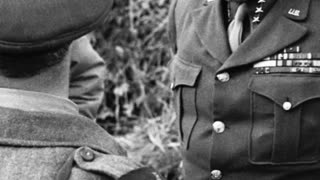 0:55
0:55
sethrchapin
4 months agoPatton's Innovative Tank Warfare Tactics
80 -
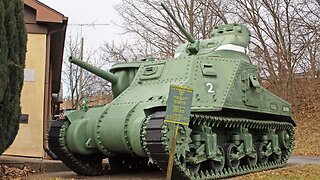 7:50
7:50
ToDelawareAndBeyond
11 months agoThe oldest surviving M3 Lee medium tank. VFW post 745, Newark DE
14 -
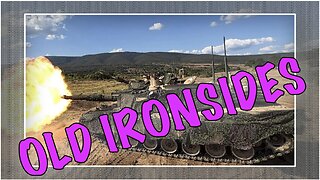 6:10
6:10
US ARMY
6 months agoUNVEILING WHO ARE THE SOLDIERS OF 1ST ARMORED DIVISION
93 -
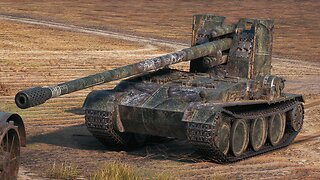 12:36
12:36
Lacho WoT Replays
9 months agoWorld of Tanks Grille 15 - 7 Kills 10,7K Damage (Fisherman's Bay)
683 -
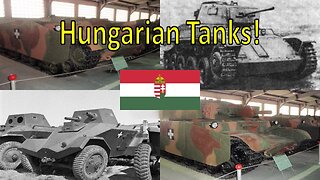 25:35
25:35
Toreno5
7 months agoWar Thunder: Hungarian Tanks for a Hungarian Sub Tree
124 -
 14:48
14:48
Lacho WoT Replays
10 months agoWorld of Tanks Grille 15 - 8 Kills 10,5K Damage (Live Oaks)
2121 -
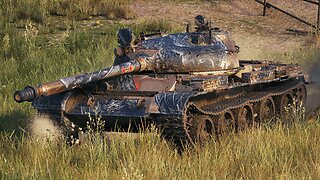 12:16
12:16
Lacho WoT Replays
10 months agoWorld of Tanks T-62A - 4 Kills 10,6K Damage (Siegfried Line)
378 -
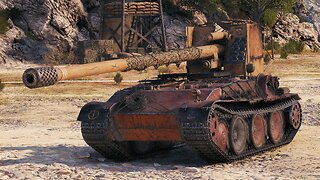 10:37
10:37
Lacho WoT Replays
9 months agoWorld of Tanks Grille 15 - 4 Kills 11,7K Damage (Steppes)
477 -
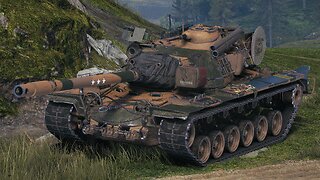 11:06
11:06
Lacho WoT Replays
9 months agoWorld of Tanks T110E5 - 7 Kills 11,8K Damage (Outpost)
647 -
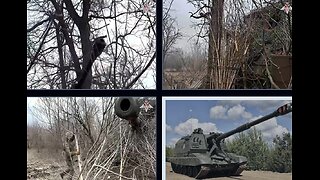 0:57
0:57
deNAZIfication - Special Military QperationZ WORLDWIDE
2 months agoThe 2S19 Msta-S self-propelled guns DENAZIFIED the enemy in Avdeyevka direction
1.24K1